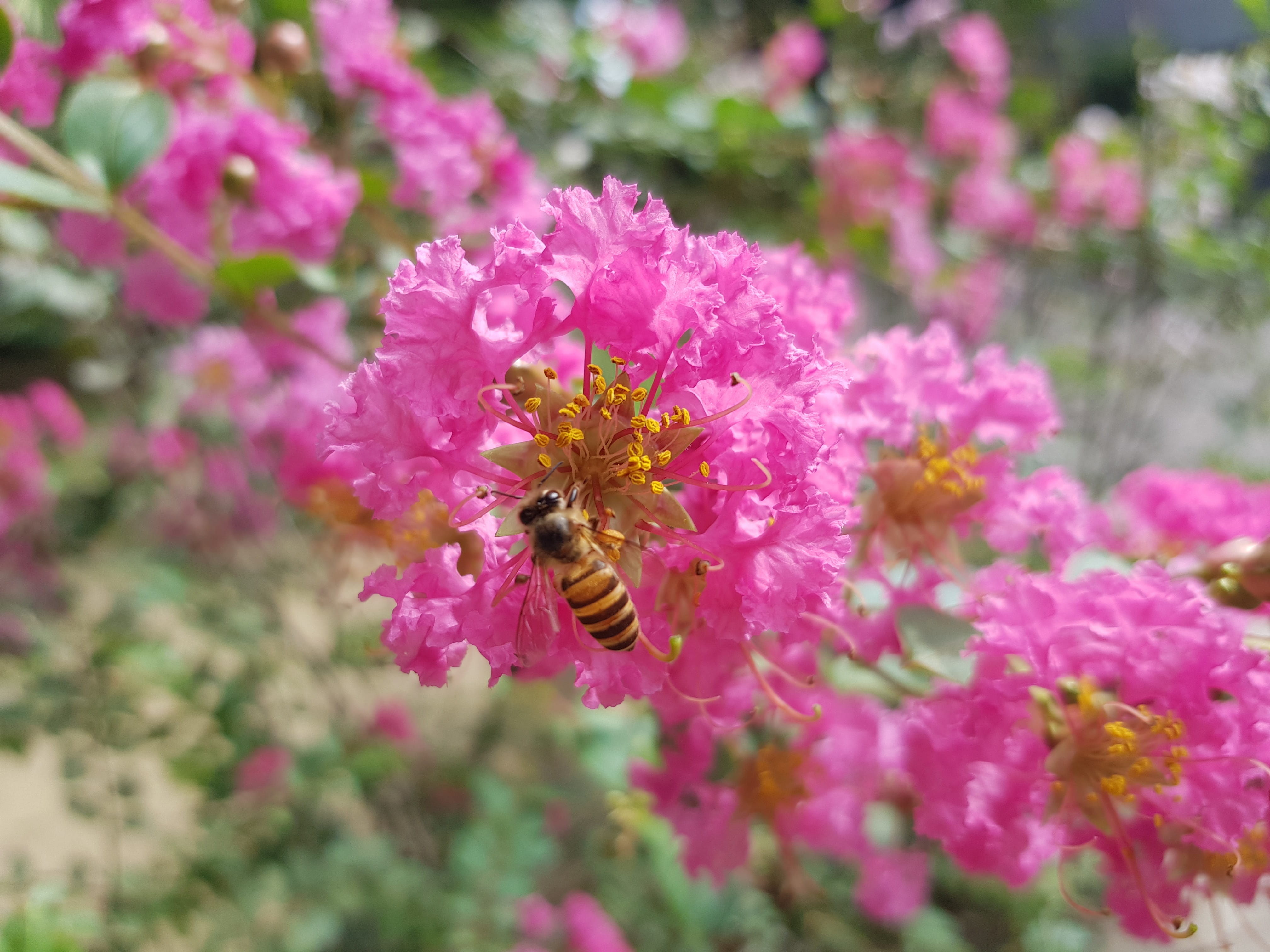
Showy Honey Myrtle
The Showy Honey Myrtle: A Jewel of Western Australian Flora
Western Australia, renowned for its breathtaking landscapes and unique biodiversity, is home to a plethora of fascinating native plants. Among these botanical treasures is the Showy Honey Myrtle (Melaleuca speciosa), an enchanting flowering shrub that captivates with its beauty and aromatic qualities. In this blog post, we will delve into the world of the Showy Honey Myrtle, exploring its characteristics, ecological significance, and cultural importance.
The Showy Honey Myrtle, also known as the Pink Melaleuca, is a stunning plant that grows up to 6 metres in height. Its lance-shaped leaves are a lustrous green, exuding a pleasant fragrance when crushed. The plant’s most remarkable feature is undoubtedly its abundant, show-stopping blossoms, which burst forth in vibrant hues of pink, mauve, or purple, attracting native bees, butterflies, and birds. The flowers form dense clusters at the ends of the branches, creating a visually striking spectacle.
Beyond its aesthetic appeal, the Showy Honey Myrtle plays a crucial role in the Western Australian ecosystem. As a member of the Melaleuca genus, it thrives in the region’s sandy soils and is well-adapted to survive in harsh, low-nutrient environments. The plant’s nectar-rich flowers act as a magnet for pollinators, facilitating cross-pollination among various plant species and promoting biodiversity. Native bees, in particular, are highly attracted to the Showy Honey Myrtle’s blossoms, ensuring the pollination of other flowering plants in the area.
For generations, the indigenous people of Western Australia, such as the Noongar community, have cherished the Showy Honey Myrtle for its medicinal properties. Traditionally, the leaves were used to create infusions and ointments believed to alleviate coughs, colds, and skin ailments. The pleasant scent of the crushed leaves also served as a natural insect repellent. Today, the plant continues to be valued for its aromatic foliage, making it a popular choice in gardens and landscaping projects across the region.
While the Showy Honey Myrtle is not considered a threatened species, conservation efforts are essential to protect its natural habitats and ensure its continued presence in the Western Australian landscape. The plant is relatively easy to propagate through seeds or cuttings, making it accessible to home gardeners and horticultural enthusiasts who wish to cultivate this native gem. Local nurseries often stock the Showy Honey Myrtle, making it readily available to those seeking to add a touch of Western Australia’s beauty to their gardens.
The Showy Honey Myrtle, with its breathtaking blooms and cultural significance, stands as a shining example of the botanical treasures found in Western Australia. From its ecological role in supporting pollinators to its rich medicinal history, this captivating plant adds a touch of splendor to both natural landscapes and cultivated gardens alike.
We love the Showy Honey Myrtle. It is a good bee attracter with pink flowers that looks good anywhere in our opinion.
| FAMILY | MYRTACEAE |
| Scientific name | Melaleuca nesophila |
| Common name | Showy Honey Myrtle |
| Native area | WA native |
| Growth size | 1 tall-3m wide metres |
| Growth habit | Shrub |
| Evergreen or deciduous | Evergreen |
| Leaf type | Simple |
| Leaf arrangement | Alternate |
| Leaf shape | Ovate |
| Leaf margin | Entire |
| Leaf colour | Green |
| Flower smell | Sweet |
| Flower shape | Tubular |
| Inflorescence | Umbel |
| Fruit | Woody capsule |
| Flower colour | Purple and pink |
| Flower timing | Spring and summer |
| Watering requirements | Low |
| Climate requirements | Full sun |
| Soil requirements | Sandy soils and free draining |
